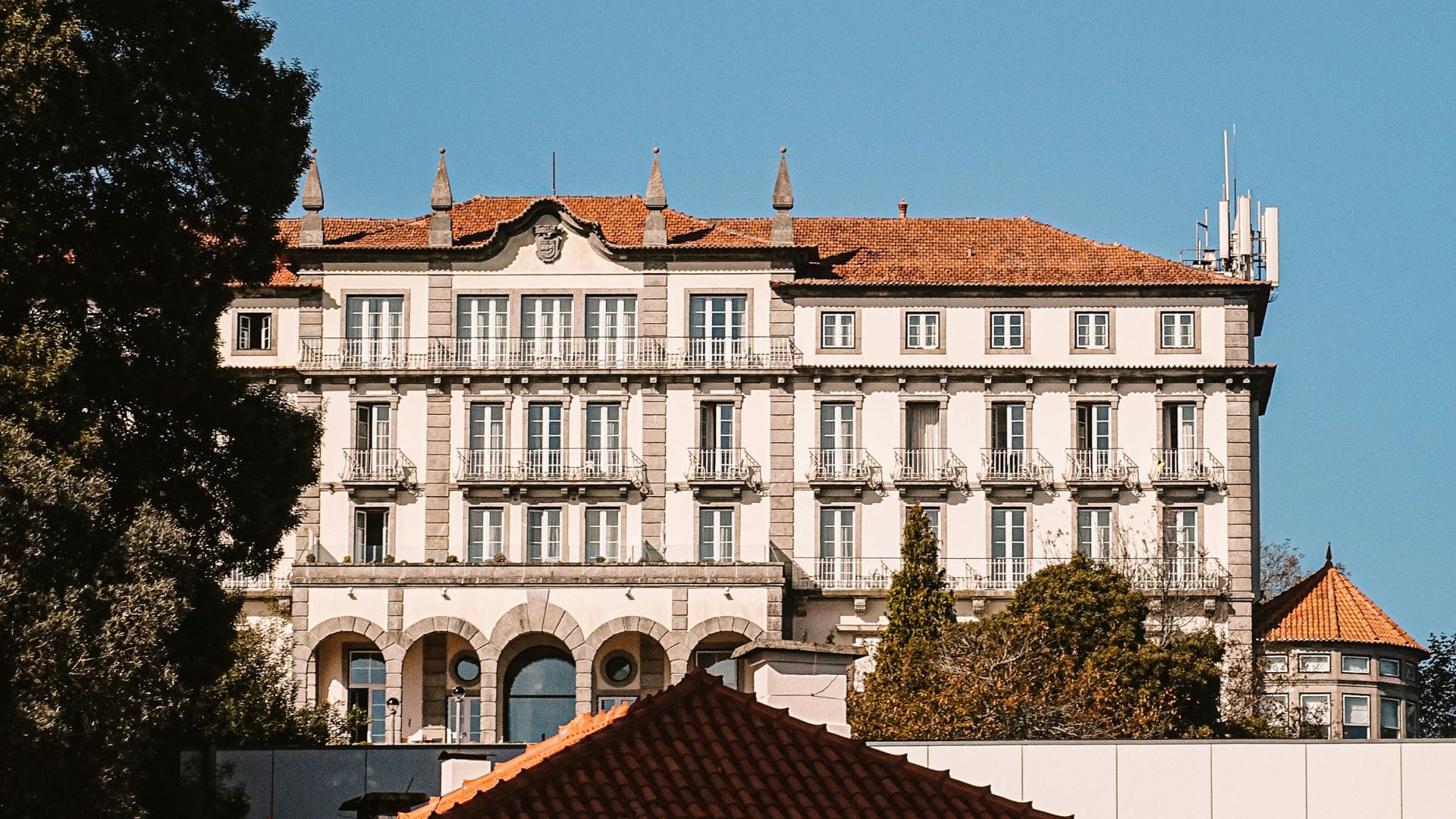Standing at the top of Santa Luzia Sanctuary in Viana do Castelo, I found the kind of view that makes you stop, breathe, and just take it all in. From up here, the Minho River winds along the green coast, the Atlantic waves roll toward the beaches, and the city itself looks like a patchwork of orange roofs below.
It’s easy to see why so many people call this place the “Jewel of the Costa Verde.”
The climb up the hill felt like its own little adventure. Every step gave me something new—a hint of salt in the air, a glimpse of blue water, or the quiet hum of the town waking up.
The sanctuary isn’t just a beautiful church; it’s the perfect spot to soak up the stunning landscape and learn about Viana do Castelo’s rich history and culture.
Whether you love scenic panoramas, local food, or just want a peaceful place to reflect, there’s plenty here to remember. Let me show you why this city and its sanctuary have become one of my favorite spots along Portugal’s northern coast.
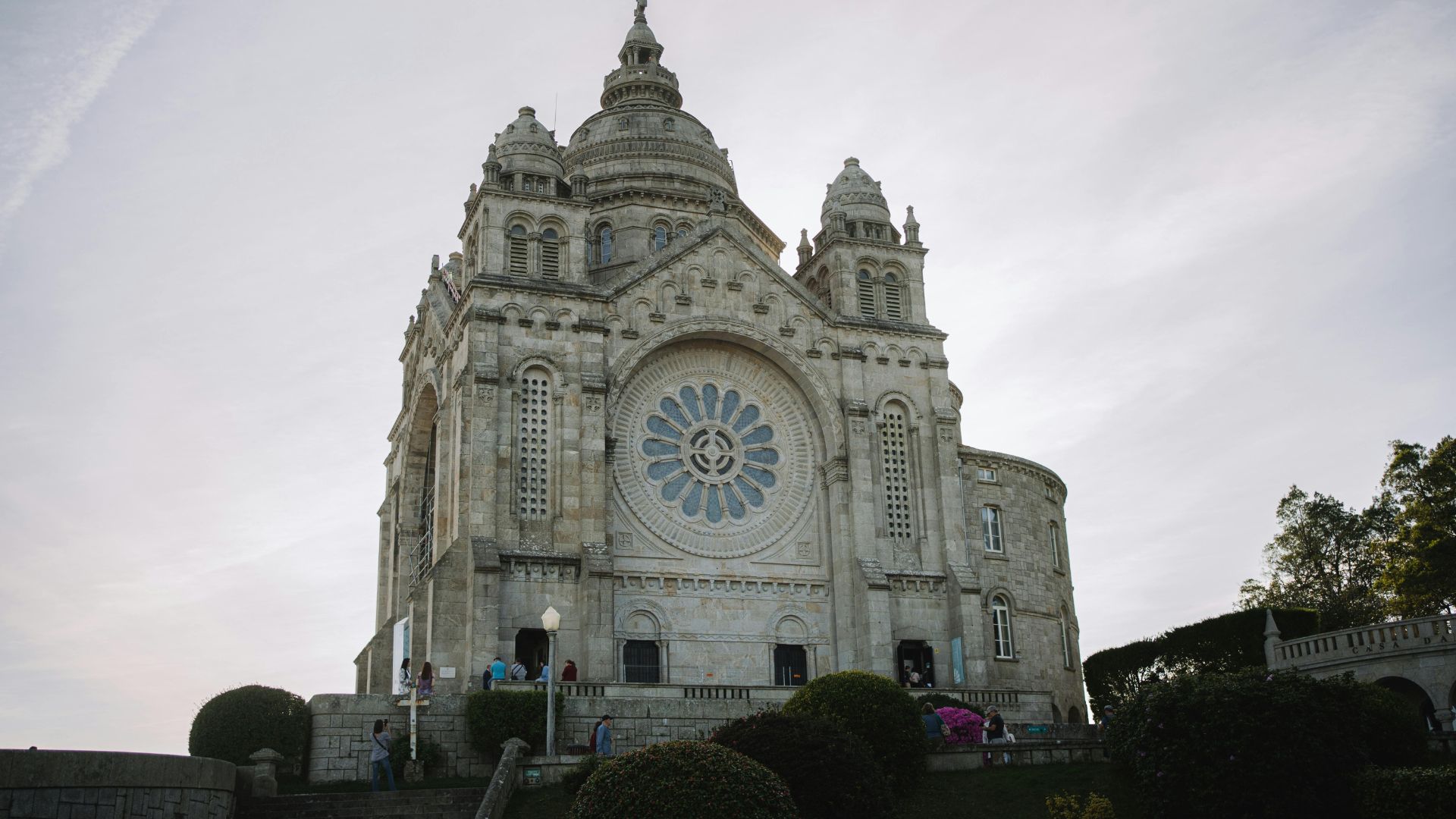
Viana do Castelo: The Soul of the Costa Verde
This vibrant city blends centuries of history with colorful traditions and gorgeous scenery. Its friendly atmosphere, unique festivals, and local flavors made my visit feel welcoming and, honestly, pretty unforgettable.
A Historic Gem on the Minho Coast
Viana do Castelo sits at the mouth of the Limia River, with the Atlantic Ocean stretching westward. As I wandered the old town, I found narrow cobbled streets, grand squares, and beautiful buildings with tiled facades.
Some highlights I explored include:
- Praça da República: The heart of the city, perfect for people-watching.
- Citânia de Santa Luzia: Ancient ruins that hint at the city’s early roots, even before Roman times.
- Gothic and Renaissance churches: Like Igreja Matriz, these landmarks tell stories from different periods of Portuguese history.
You can see why people call Viana do Castelo the “jewel of Minho.” Every corner feels layered with tales from explorers, traders, and artisans who shaped this riverside city.
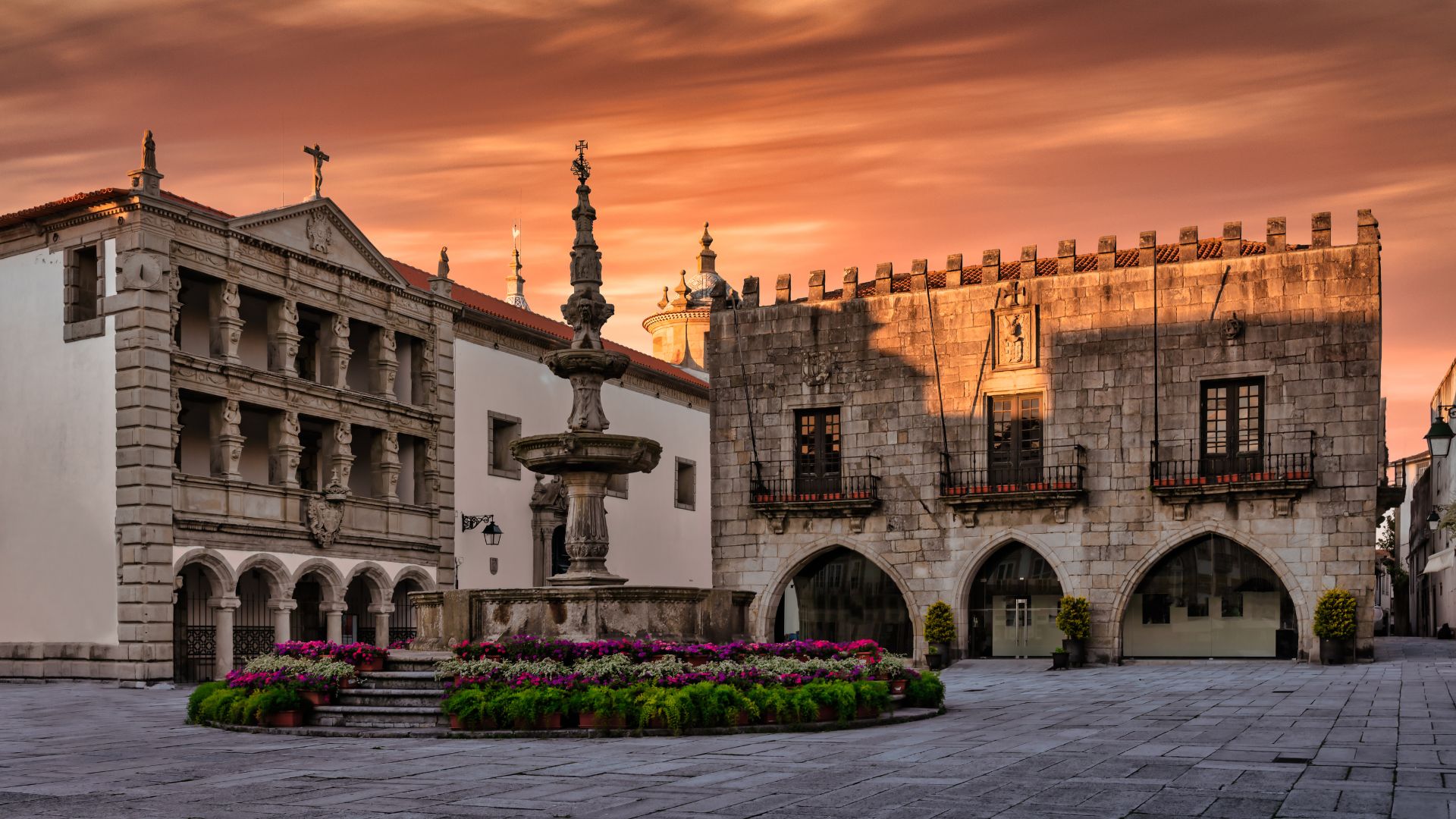
Getting to Know Local Culture and Traditions
Viana do Castelo celebrates its traditions with real pride. I visited the Museu do Traje, where they display the intricate costumes worn during local festivals.
These embroidered dresses, shawls, and gold filigree jewelry aren’t just for show—they’re symbols of identity.
If you’re around in August, look for the Romaria de Nossa Senhora d’Agonia, one of Portugal’s biggest festivals. Expect lively parades, folk dancing, and street performers.
The whole town fills with music and color.
Traditional sweets like “Bolas de Berlim” and fresh seafood from local markets left a lasting taste of the region. Little details—like the daily rhythm of fishermen and craftspeople—gave me a deep sense of genuine local culture.
Best Times to Visit Viana do Castelo
I found that late spring (May and June) or early autumn (September) are the best times to explore Viana do Castelo. The weather is mild, there are fewer crowds, and hotel prices aren’t sky-high.
Summer is lively, with festivals and busy beaches, but streets can get crowded—especially during big events. Winter months are quieter and can be quite rainy, but I enjoyed the calm and slower pace during this season.
It’s also smart to check the dates for the city’s main festivals and cultural events. Planning around these moments adds something truly special to any trip.
Santa Luzia Sanctuary: An Iconic Hilltop Marvel
The Santa Luzia Sanctuary stands boldly atop Monte de Santa Luzia, watching over Viana do Castelo. Its unique blend of architecture, compelling history, and striking location really left a mark on me.
The Story Behind Santa Luzia Sanctuary
When I reached the summit of the hill, I could feel the rich history clinging to the stones of Santa Luzia Sanctuary. The sanctuary may look ancient, but it was actually completed less than 100 years ago.
Construction started in 1904 and wrapped up in 1959, making it one of the newest grand religious sites in Portugal.
The church honors Saint Lucy (Santa Luzia), the patron saint of eyesight. Behind its walls, I learned stories of faith, hope, and vision—quite literally, since locals once came here to pray for good sight.
I was touched by how a modern-era monument could spark so much devotion and pride in a city with roots going back centuries.
Outside, people gathered on the steps, snapping photos and gazing out across the Lima River. The sanctuary has become a symbol, not just for Viana do Castelo, but for Portugal’s north coast.
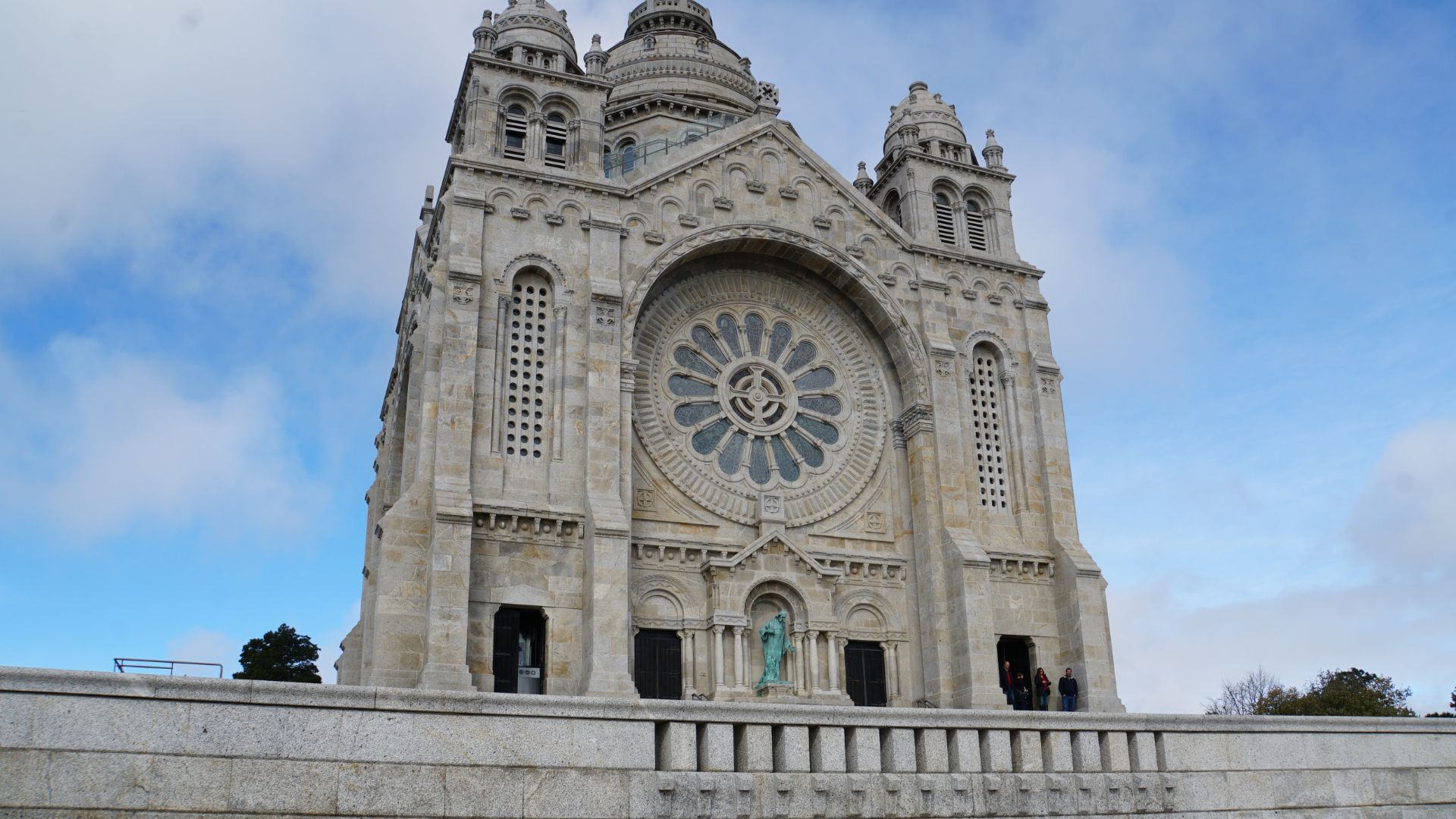
Architectural Details and Artistry
Stepping closer, I noticed right away the sanctuary’s style. The design draws inspiration from Byzantine architecture, and many people compare its domed form to the Sacré-Cœur Basilica in Paris.
The rose windows on the facade instantly caught my eye—they’re among the largest in the Iberian Peninsula, and light pours through them in colorful patterns.
Architectural highlights:
- Large central dome visible from miles away
- Byzantine and Gothic influences
- Exterior stonework that looks powerful yet elegant
- Interior paintings and mosaics depicting saints and Portuguese history
Inside, the painted ceilings and stained glass windows feel truly special. I found it easy to sit for a moment and take in the peaceful atmosphere, letting the gentle light and quiet air work their magic.
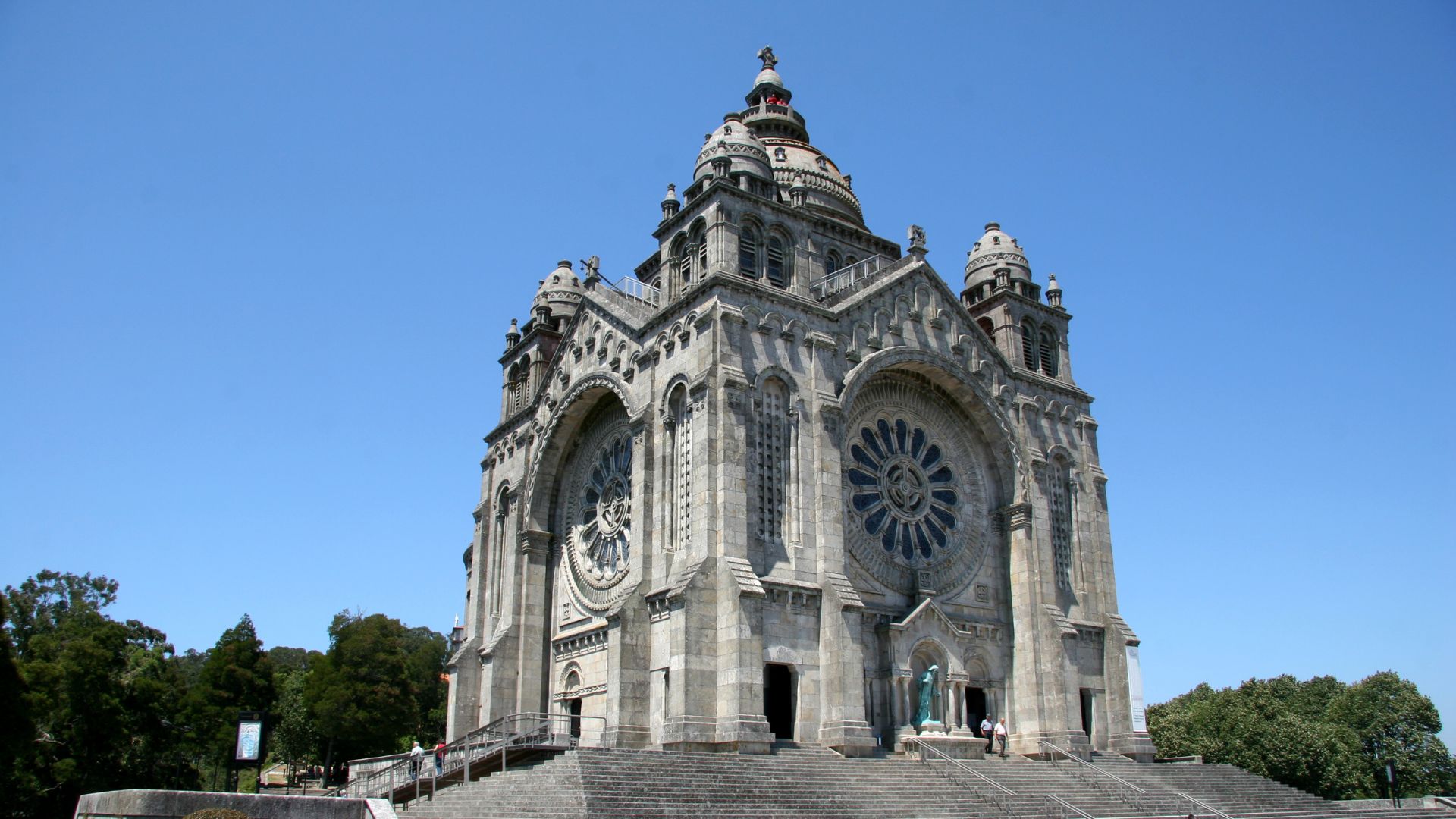
How to Reach the Sanctuary
Getting up to Santa Luzia Sanctuary became part of the adventure for me. There are a few options, each with its own charm.
- The Santa Luzia funicular: This historic funicular railway is the easiest and most fun way up the steep hill. It’s affordable and offers fantastic views along the way.
- By car: Driving is quick and convenient, with parking available beside the sanctuary.
- On foot: For the energetic, hiking up the winding path through pine woods really lets you earn those panoramic views—though it’s a bit of a climb.
Reaching the top, I got one of the best views I’ve ever seen. The Lima River glistened below, the Atlantic stretched out to the horizon, and the whole city of Viana do Castelo lay at my feet.
The trip up was well worth every step and every minute.
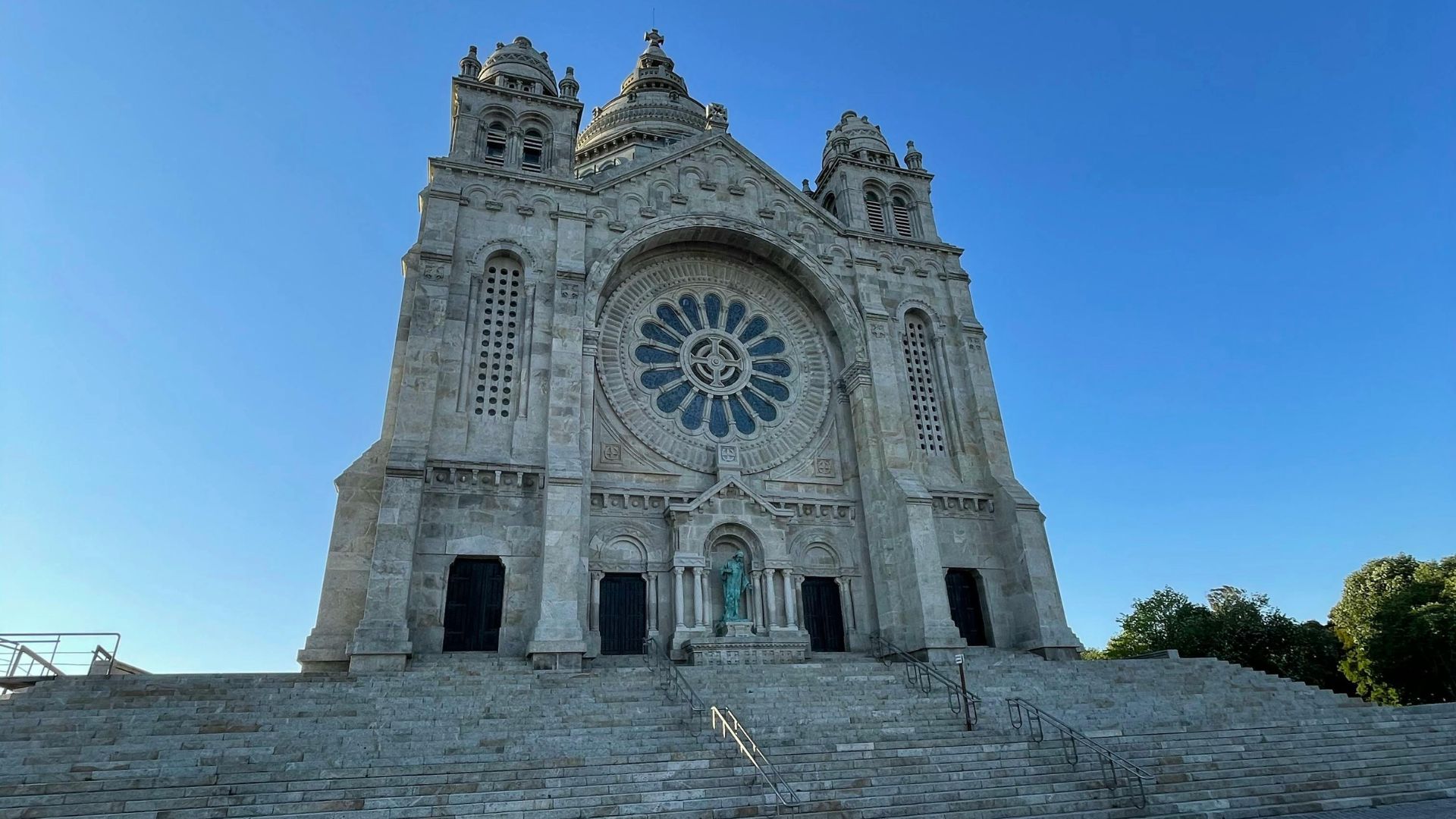
Unforgettable Views: Coast, River, and Cityscape
Standing on the heights of Viana do Castelo, I found vistas that stretched from the winding Minho River to the sparkling Atlantic coast. Each direction promised something unique, from vibrant city scenes to tranquil blue waters and lush greenery.
Breathtaking Panoramas Over the Minho River
The first time I looked out from the terrace near the Santa Luzia Sanctuary, I was instantly drawn to the Minho River. The view from here shows the river bending gracefully as it heads toward the ocean.
On clear mornings, wisps of fog hover above the water, giving the scene a magical feel.
From this spot, I could easily pick out the bridges connecting Viana do Castelo. I love watching boats glide along, tiny but lively signs of river life.
There’s a large info-picture on the terrace to help spot landmarks. It made it simple for me to identify the towns and hills in the distance.
This overlook gave me a new appreciation for how the river connects the city to its coastal roots.
Photographic Moments at the Oceanfront
The coastline here has long, sandy beaches and dramatic cliffs. Walking along the seafront, I found endless photo opportunities.
Early in the morning, the sun rises over the city and glitters across the Atlantic waves. The rugged rocks are especially striking at low tide, making the perfect foreground for pictures.
In the afternoon, surfers zigzag between white-capped waves. Watching them is almost as fun as joining them.
I always stop at Praia do Cabedelo, a local favorite. I like to sit on the wooden walkway, feel the sea breeze, and snap shots of the green hills backdropped by the blue ocean.
The light at sunset casts everything in soft gold, making even simple moments look magical.
Scenic Trails and Vista Points Around Santa Luzia
Santa Luzia is more than just its iconic sanctuary. The hillside is covered with scenic trails leading to hidden viewpoints and quiet rests.
I took a short walk to a Celtic settlement nearby—the ramparts reveal ancient history and more breathtaking views.
The funicular ride itself was an experience. Watching the city grow smaller as I rose higher made me appreciate how Viana do Castelo fits into this whole landscape.
At each lookout, I found something new: rolling vineyards below, the lighthouse on the distant cape, and the city’s tiled rooftops reaching toward the sea.
For those who like lists, here are my favorite spots around Santa Luzia:
- The lower terrace for an overview of the city and river
- The Celtic ruins for quiet and history
- The forested trails for shade and wildflowers
- Hidden benches with perfect sunrise or sunset angles
Exploring these trails gave me a fresh perspective each time. Every spot seemed made for pausing and just taking in the view.

Experiencing the ‘Jewel of the Costa Verde’
Viana do Castelo has a unique energy that I could feel as soon as I arrived. Between the riverside walks and the lively downtown, every corner offered something new to taste or discover.
Local Gastronomy and Riversides
Wandering near the Limia river, I found cozy restaurants serving bacalhau à Braga and fresh octopus. There’s something special about enjoying seafood with river views—the gentle breeze and vivid scenery made each meal memorable.
One of my favorite stops was a small riverside café where I tried arroz de sarrabulho (a hearty rice dish with pork). The staff made me feel welcome and proud to share Minho’s recipes.
Local vinho verde, often sparkling and chilled, was the perfect pairing—especially with the city’s salted cod dishes.
Eating here didn’t feel rushed. Locals relaxed in outdoor seating, chatting as boats drifted by.
Walking along the riverside after lunch, I passed pastel-painted boats and stopped for a pastel de nata at a small bakery. The blend of river life and great food gave every meal a peaceful, laid-back vibe.

Street Markets and Artisan Shops
I always love browsing local markets, and Praça da República didn’t disappoint. The open-air stalls were full of handmade textiles, traditional ceramics, and embroidered linens.
It felt like every vendor wanted to share the city’s creative spirit.
I found a small studio where artisans wove colorful scarves and explained the craft passed down through generations. Hand-painted tiles and intricate filigree jewelry were other highlights—unique souvenirs made right in the city.
Street markets in Viana had a rhythm of their own. Early mornings meant fresh produce from local farms, with vendors eager to let me sample berries and roasted nuts.
Exploring these markets gave me real insight into everyday life and connected me to Viana’s traditions in a personal way.
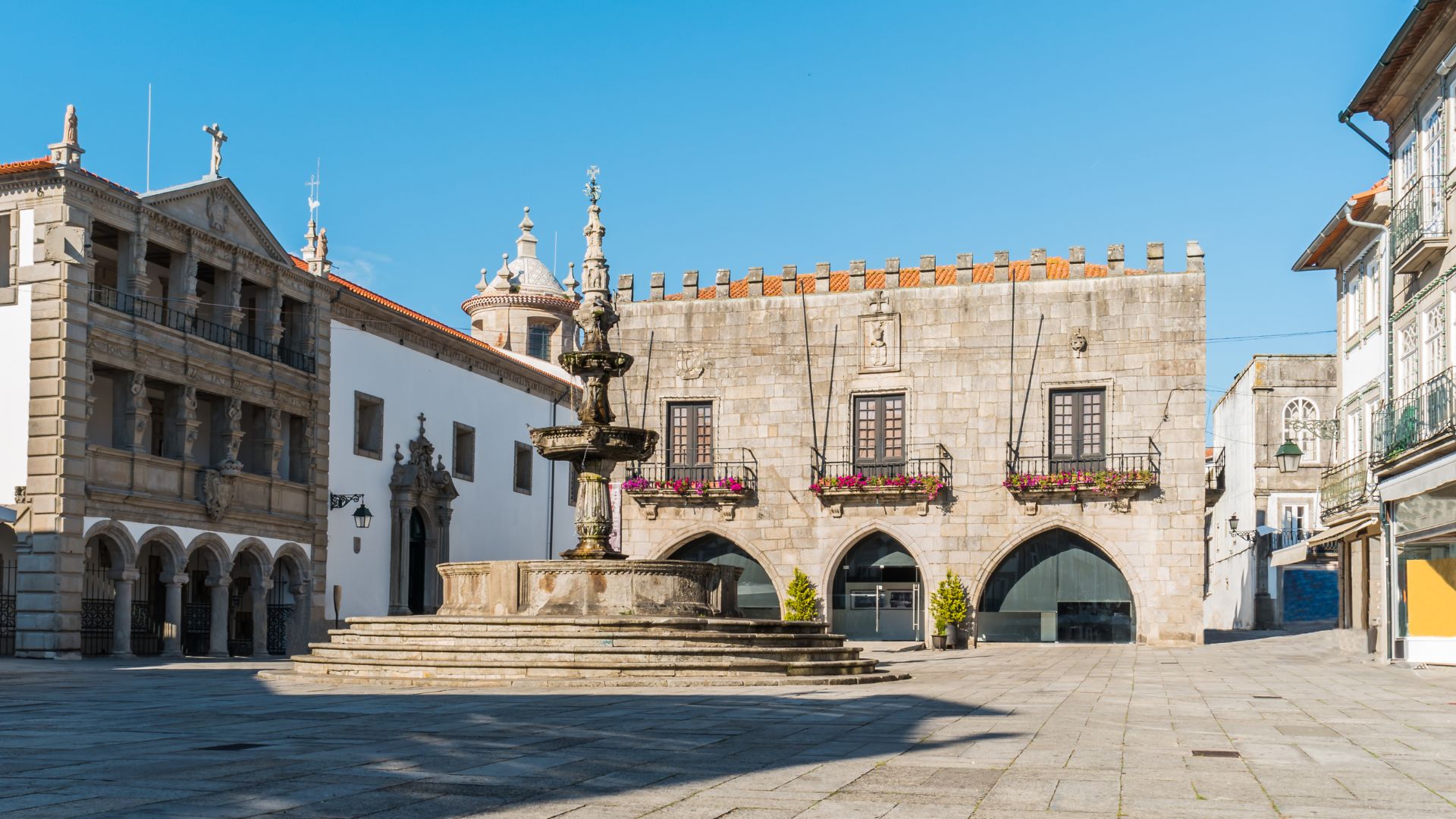
Tips for an Unforgettable Visit
I quickly learned that getting around Viana do Castelo is easy and staying in the right spot makes all the difference. Picking good transport, knowing how to move between sights, and choosing where to sleep set the tone for a stress-free and memorable trip.
Travel Essentials and How to Get Around
Arriving from Porto was simple—I hopped on a direct train, which dropped me in the city center in less than two hours. Buses from nearby towns are also reliable, and there’s no need for a car unless you’re planning to explore remote beaches or natural parks nearby.
To reach the Santa Luzia Sanctuary, I rode the funicular railway up the hill—a scenic and stress-free way to climb. Walking around town is a breeze, with most main sights, shops, and restaurants close together.
The historic center is best explored on foot, and taxis or rideshares are handy for venturing out further.
Packing light is best since cobblestone streets and hills can make rolling heavy bags tough. Don’t forget a light jacket—the ocean breeze felt cool even in summer.
A small daypack was perfect for stashing water, sunscreen, and my camera for all those views.
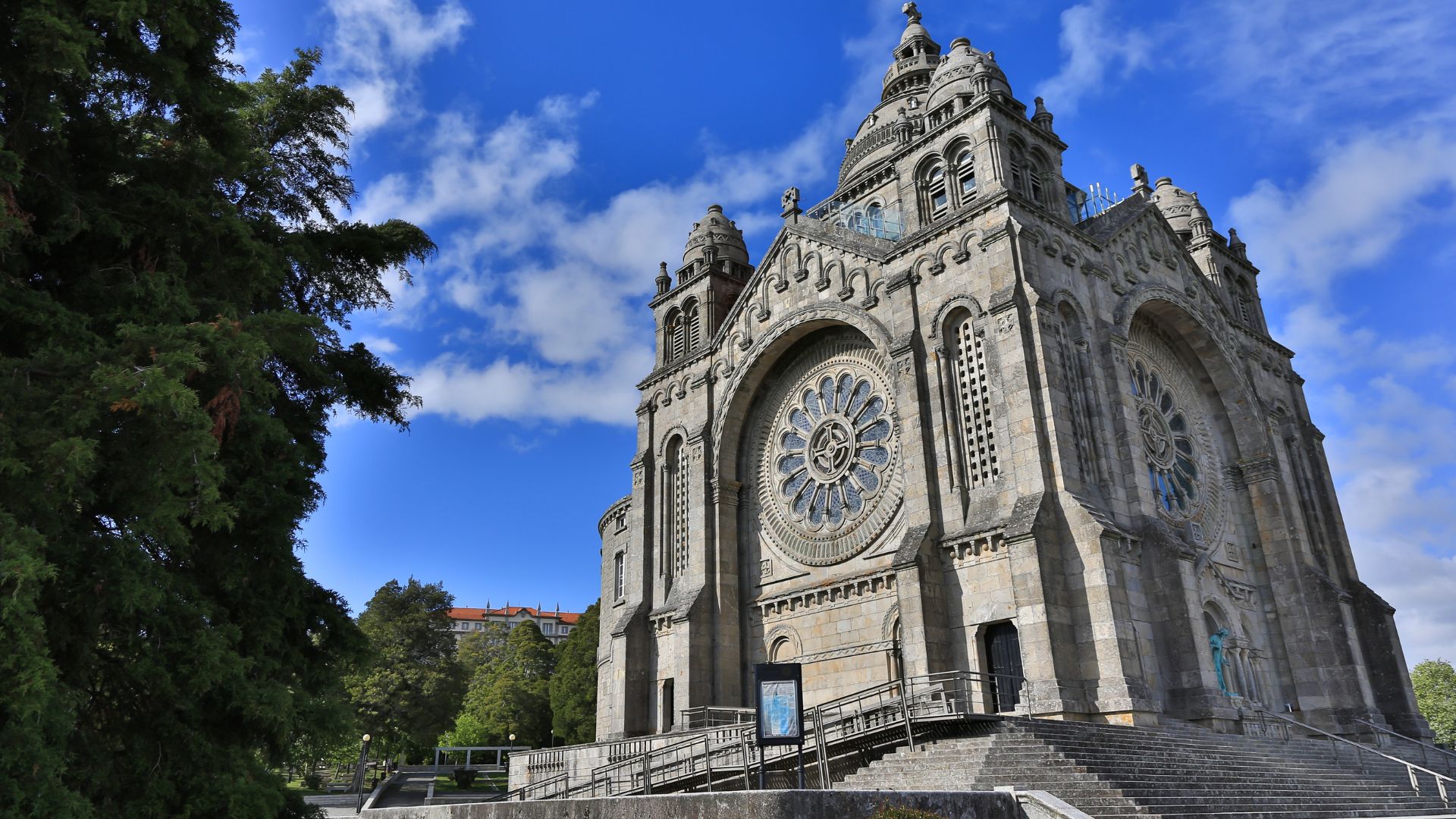
Where to Stay: From Boutique Hotels to Charming Guesthouses
Finding the right place to stay totally changed the mood of my visit.
I grabbed a room at a local guesthouse near the city center. The hosts gave me friendly advice and served up a tasty homemade breakfast every morning.
Most guesthouses and small hotels sit close to shops, river views, and even the ferry dock.
If you’re in the mood to splurge, the Pousada Viana do Castelo up on Santa Luzia hill is tough to beat. The views stretch out over the river, ocean, and city—I found myself lingering on the terrace every evening, just soaking in the sunset.
It’s perfect if you want extra comfort and a spot that feels special, perched above everything.
Budget travelers can find good hostels and pensions, many of them family-run and full of character.
Booking ahead pays off, especially in summer or during festivals. I checked reviews online and chose places with strong Wi-Fi and solid breakfast, which honestly made my mornings way easier.
